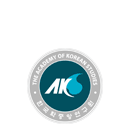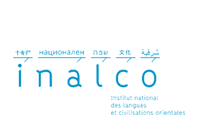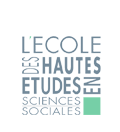Actuellement en résidence de recherches à l’International Institute for Asian Studies, Valérie Gelézeau a donné le 17 mars 2015 à Leyde, dans le cadre des IIAS lunch lectures mensuelles, une conférence intitulée :
« Songdo (South Korea), a mega-project in the making : residential neighborhoods of an urban utopia »
Résumé de la conférence
Near Seoul, a new city emerges on a vast reclaimed zone from the sea: Songdo, a mega-urban project that is to house about 200 000 inhabitants by 2020. In the globalized competition of large metropolises, this new “International City” is part of the South Korean public policies that try to promote the Seoul capital region as a major hub in North East Asia. The development of Songdo also derives from the opening to foreign investments that followed the financial crisis of 1998 and is at the core of so-called “IFEZ” (Incheon Free Economic Zone). In the programmatic or analytic discourse of planners and developers, Songdo appears as an urban utopia of the 21st century, combining digital technologies (“U-City”, “smart city”) and sustainable development (“green city”). Today, over 70 000 people already settled in – and live between construction sites, brand new skyscrapers, or a public space often referring to foreign locations (the “Central Park”).
What does it mean to live in such a city in the making? To what extent do the inhabitants contribute to its building or are they simply passive receptacles of top-down policies?
This lecture exposed the preliminary findings of a research aiming at analyzing the process of place construction in a mega-project typical of Asian contemporary urban development. Anchored in a geographical perspective and grounded on ethnographic research, it focused on residential neighborhoods where the planning of housing and public facilities meets the actual practices of the pioneering residents of the new city. The planned city features three key aspects of contemporary urban development: it is a “smart city” (where architecture and space articulates the pervasive use of the computer in the society); it is a “green city” combining a well-groomed parks and green public spaces, but also the ideology of sustainable development (low carbon, recycling, low energy buildings, etc.); and it is an “international city” based on international business and R&D activities connected with higher education (foreign universities). While these features situate the planning discourse on Songdo within the paradigm of the urban utopia, all carry a certain reality in residents’ life. But the ongoing process of permanent construction creates other unexpected spaces intermediate land waiting for development or construction (they are used as recreational space or vegetable gardens), while citizen’s association try to negotiate the priorities of development.
Source : Carnets du Centre Corée






